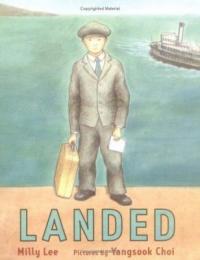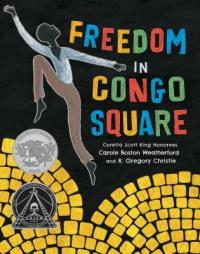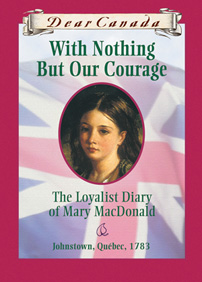November can get quite chilly, so why not escape to different places by travelling around the world with your class? Student teachers and teachers can use the books in this month’s lobby display to introduce their students to different cities and cultures all around the globe, such as 10th century Baghdad, 19th century New Orleans, and 20th century China.
 Life in the Early Islamic World by Lizann Flatt
Life in the Early Islamic World by Lizann Flatt
This book examines the Muslim community after it was created by the prophet Muhammad, its subsequent expansion, and highlights its rulers, thus making it an excellent resource for teaching Islamic history. The book begins with some background on Muslim society. It then moves on to discuss the various peoples that ruled over the growing Empire, such as the Umayyads and the Abbasids. The story moves into Europe as it describes the development of Islam in Spain, as well as the Crusades of the 11th – 13th centuries. The book ends on the Ottoman Empire. Further resources can be found at the end, such as brief biographies, timelines, a glossary and other books to consult. This book contains beautiful visuals in the form of artifacts, pictures of landmarks and various pieces of art depicting the topic being discussed on the page.
Freedom in Congo Square by Carole Boston Weatherford and illustrated by R. Gregory Christie
This vibrantly illustrated book written in verse is an excellent picture book with which to introduce children to slavery and the struggles of Black people in the 19th century. The book is named after Congo Square, the designated meeting place for slaves and free Blacks on Sundays, as Louisiana law stated that Sundays were a day of rest for everyone, even slaves. Some of the words used in this book are more advanced, so there is a glossary at the end as well as an author’s note that provides additional context to the sparse writing.
 On a Medieval Day by Rona Arato and illustrated by Peter Ferguson
On a Medieval Day by Rona Arato and illustrated by Peter Ferguson
The stories in this book truly embody the theme of travelling the world. Rona Arato has written from the perspective of nine different children all over the world, living between the 400s and the 1400s. This book takes readers to 8th century China, 10th century Baghdad, and 14th century Timbuktu, among other places. At the end of each story is information on the time period in which the child lived, providing teachers with non-fiction context to give to students.
 Landed by Milly Lee and illustrated by Yangsook Choi
Landed by Milly Lee and illustrated by Yangsook Choi
Lee Sun Chor’s (Sun) story starts in China in the early 20th century, when he learns that his father will be taking him to America. This voyage requires extensive learning by Sun, as he must know the details of his house, his family, and even his walk to school. Sun and his father set sail from Hong Kong, and upon their arrival in San Francisco, they are separated from each other: Sun is held on Angel Island until he can prove he is who he says he is. This story details the immigration process from Sun’s point of view; he describes the waiting, the living situation, and the questioning, among other things. Sun’s story is an excellent tool with which to teach students about Chinese culture and the challenges facing Chinese people attempting to immigrate to America. The author’s note at the end of the book explains the historical context of this story, the as well as the author’s personal connection to Lee Sun Chor’s story.
With Nothing but Our Courage by Karleen Bradford
This book is written in the form of journal entries by Mary Macdonald, whose journey begins in Albany Province, the Royal Province of New York, in 1783. Mary’s first entry details her father’s persecution by the local townspeople for his political affiliations. Mary and her family are Loyalists in a place where the Patriots (American rebels) have won freedom from the Crown following the American Revolution. Subsequently, the family must flee, and they eventually land in Johnstown, Québec. This story provides students with a glimpse into the political landscape of the late 18th century, both in America and British North America (Canada). Teachers wishing to use this book may find additional resources in Amy von Heyking’s Teaching with Dear Canada.
To browse and borrow these books, please visit the OISE Lobby Display on the ground floor of the OISE building.


